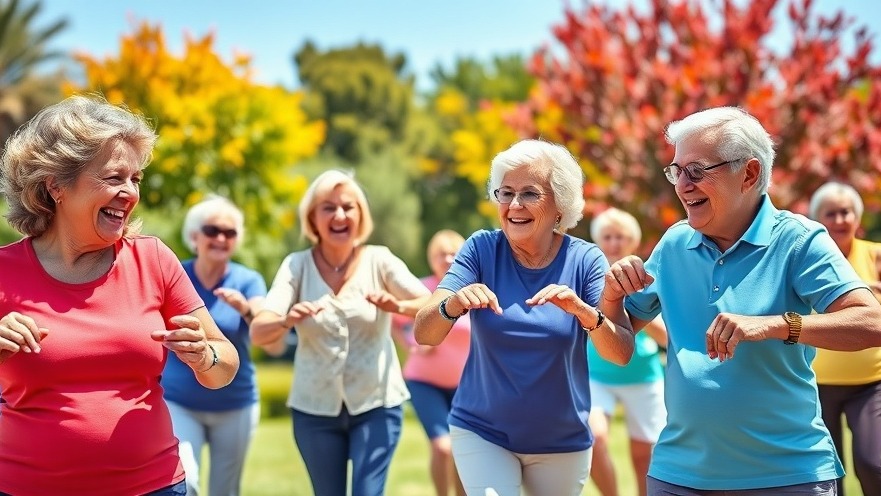
Exercise: A Key to Reducing Falls in Older Adults
Every year, an alarming one in four older adults suffers a fall, and falls are the leading cause of injury among those aged 65 and over. This concern is compounded by the fact that falls can lead to severe traumas like hip fractures and traumatic brain injuries, as they are common precursors to increased institutionalization. However, recent research highlights a robust solution: encouraging physical activity among seniors.
Why Movement Matters
According to a study published in the American Journal of Preventive Medicine, any amount of weekly physical activity correlates with a reduced risk of falls. Researchers analyzed data from over 11,000 older women and found that even a small amount of exercise significantly lowers the chances of sustaining injurious falls. It’s not just about maintaining a rigorous workout routine; any activity—whether light stretching, walking, or balance exercises—can be beneficial.
Healing and Recovery
Dr. Wing S. Kwok from the University of Sydney states that health practitioners should actively promote continued exercise, particularly after a fall. This insight is crucial because many older adults become hesitant to engage in physical activity after experiencing a fall, fearing another incident. This negative cycle can lead to further physical decline; hence, challenging this mindset is pivotal.
Why Aging Leads to Falls
The physiological changes in older adults, including muscle weakness, diminished balance, and vision alterations, increase vulnerability to falls. Chronic conditions and medications can further complicate the scenario, as they often lead to dizziness or reduced coordination. A proactive approach is thus essential. Regular physical activity can help combat these risks, improving strength, flexibility, and balance.
Practical Insights for Concierge Practice Owners
For owners of concierge medical practices who wish to be seen as trusted resources in fall prevention, there are actionable insights to consider:
Advocate for Movement: Educate your patients about the immense benefits of regular physical activity, regardless of age or physical condition.
Provide Tailored Exercise Plans: Collaborate with physical therapists to create personalized exercise regimens for seniors, focusing on balance and strength training.
Follow-Up and Support: Continued encouragement and follow-ups regarding patients’ exercise regimens will help ensure adherence and improve outcomes.
Community Engagement: Organize classes or group exercises tailored to seniors; this will also help foster social connections, enhancing overall mental well-being.
Your Role as a Provider
As a concierge medical practice owner, you have a unique opportunity to shape how patients view their health. By integrating simple strategies into your practice and emphasizing the importance of activity, you can create a positive environment that promotes health and reduces the risk of falls. By positioning yourself as an expert in holistic patient care, you can secure your standing as a top local concierge practice.
The Bottom Line: Action Is Key
Encouraging any level of physical activity among older adults is critical in breaking the persistent cycle of falls. As healthcare providers, fostering this mindset not only helps patients physically but also brings them emotional clarity, empowerment, and confidence. Together, let’s advocate for movement in our communities, helping our older patients pursue active and fulfilling lives.
Ready to make a difference? Engage your patients around the importance of maintaining physical activity as they age. Provide them with resources and support to actively participate in exercises tailored to their needs.
 Add Row
Add Row  Add
Add 






Write A Comment